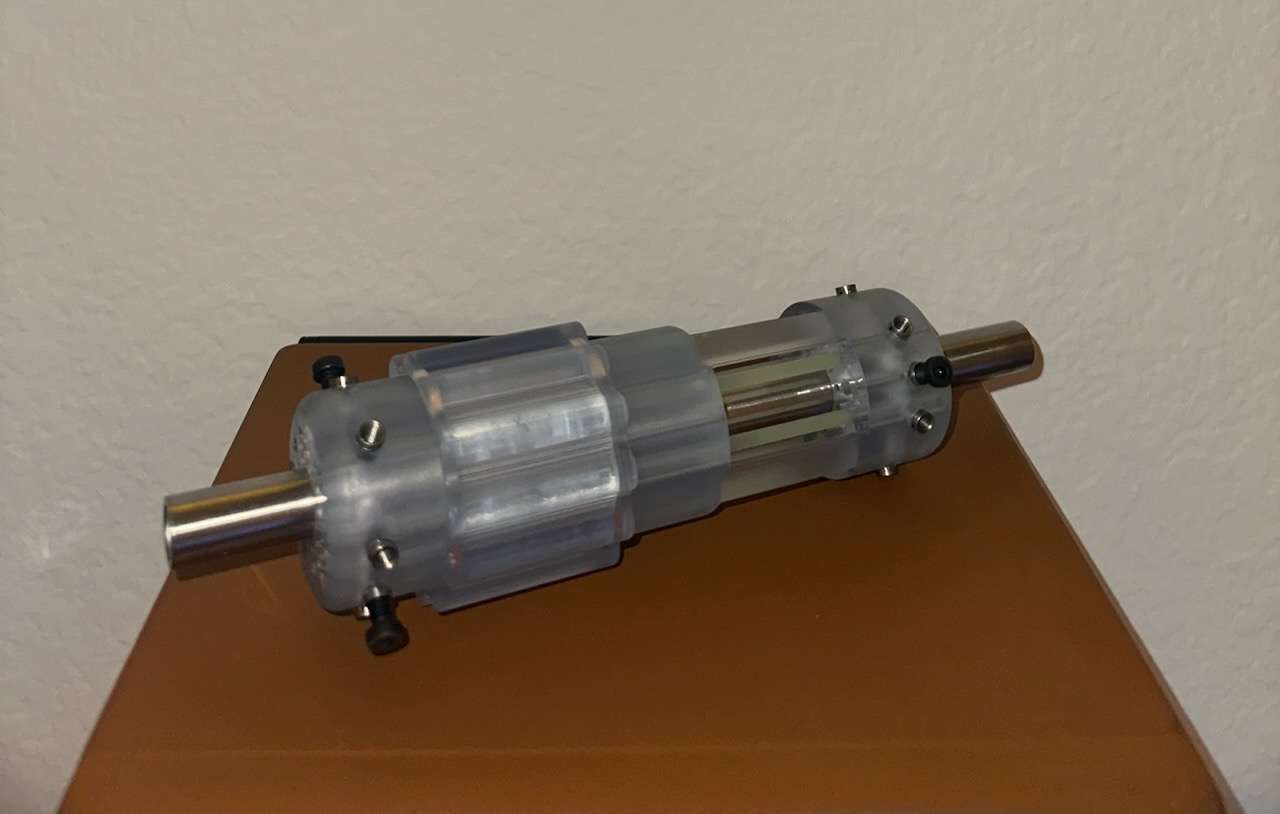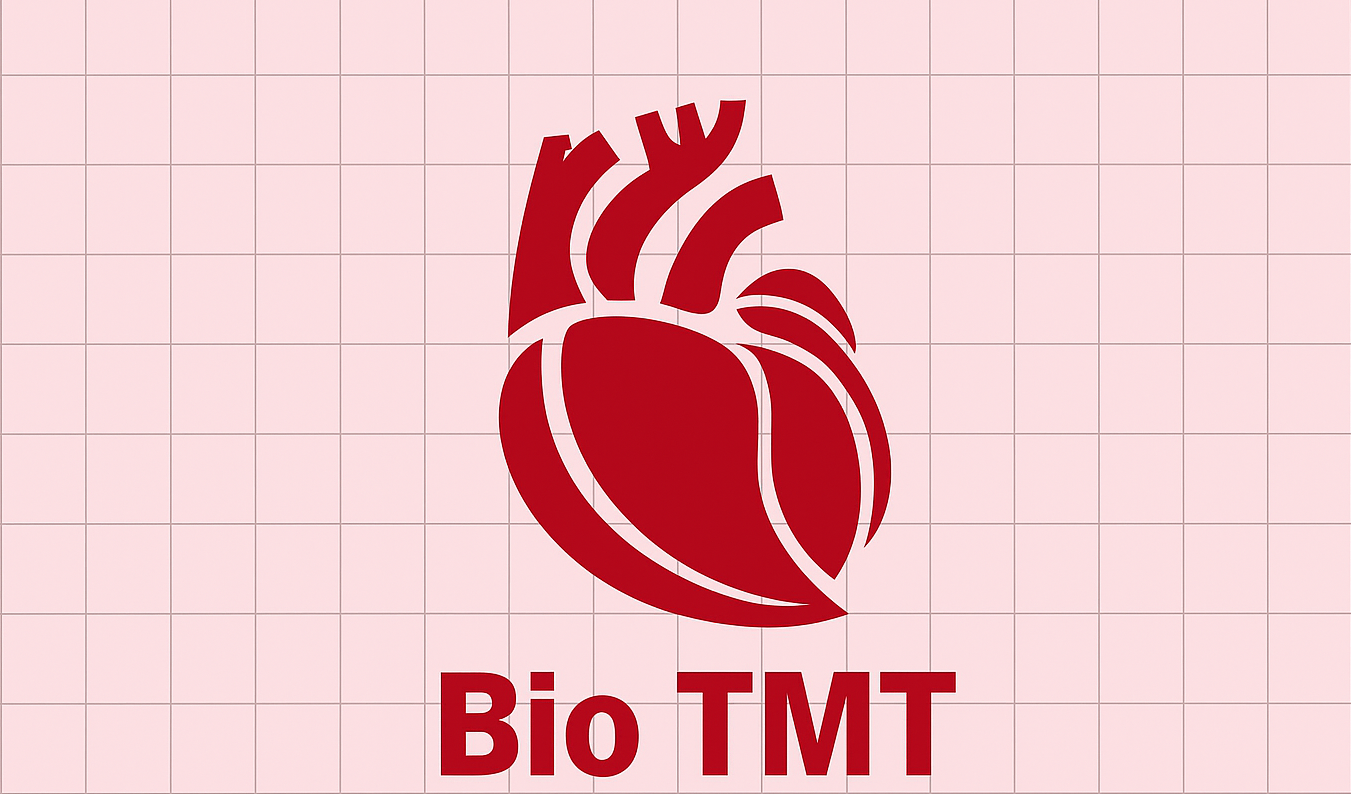Transcatheter Venous Access Sheath & Handle
Our Pitch
Needs Statement
Approximately 1.6 million people in the United States suffer from tricuspid regurgitation [1]. Surgical valve replacement results in an operative mortality of 13% +/- 4% [2]. Transcatheter Tricuspid Valve Repair and Replacement (TTVR) technologies however, see a perioperative mortality rate of just 1.0%. [3] Both technologies see a high long-term mortality rate [2][3]. Primary complications for TTVR include major bleeding and single leaflet device attachment [3].
Product Explanation
Our mission is to improve TTVR in order to reduce long-term mortality rates. In order to accomplish this, we have constructed a new Transcatheter Venous Access Sheath and Handle, in order to better control catheter entrance and navigation through the cardiac system. Our device will minimize access site damage and bleeding, allowing for smoother valve replacement operations.
The core innovation of our system lies in a planetary gear-actuated handle mechanism that enables unique handle and control of the introducer sheath. Our handle allows the operator to adapt the shape of the sheath to the anatomy of each patient during the procedure. Additionally, developing novel stent designs that accommodate varying vasculature and can be controlled with such a handle was a big focus of our project.
Our Handle

Our project began with studying the unmet need and brainstorming ways to solve it. The next step was concept generation and comparing and benchmarking against existing introducer systems. Edwards Lifesciences has brilliant medical devices but we had to think and pinpoint : how can we make this better? We utilized SolidWorks and Creo for CAD modeling and 3D printing for prototyping. As we faced challenges, our team designed multiple handle iterations and worked with our mentors to come up with the best prototype. As our project comes to an end, we are still vigorously prototyping improved versions of our introducer sheath handle.
Venous Access Sheath Stent

Moving forward, we hope that this design can be used by Edwards Lifesciences to improve patient outcomes. If given additional resources, we would integrate feedback from cardiologists, transition to biomedical-grade materials for prototyping, and conduct bench and animal model testing to simulate the procedure and deployment of the valve using our device.

